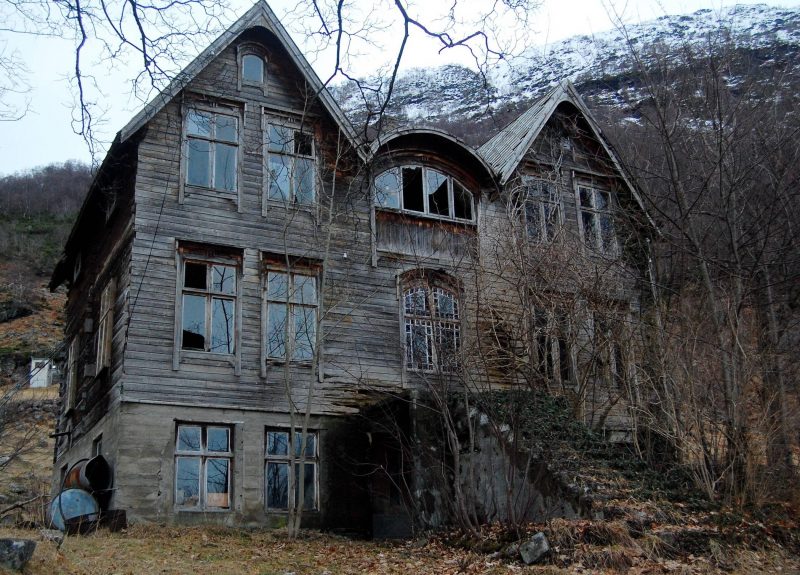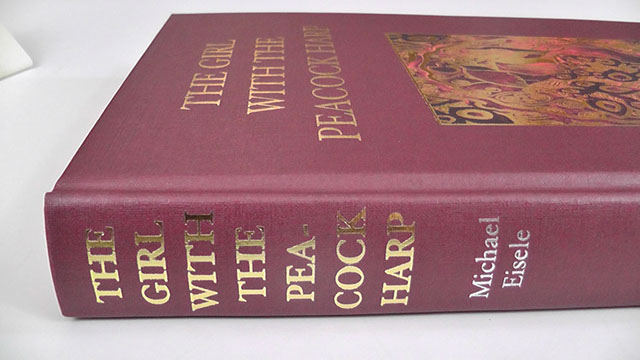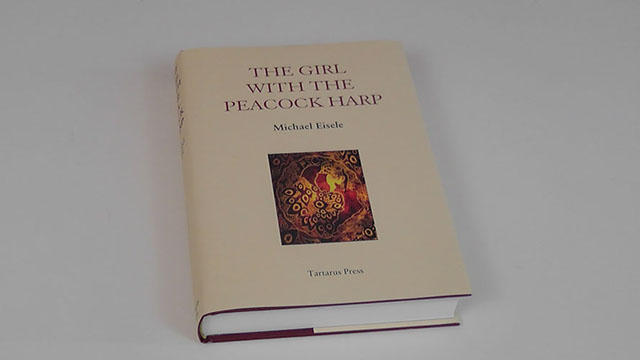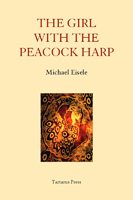
I've come to the end of
The Girl with the Peacock Harp by Michael Eisle. and a very impressive debut collection it is.
The final story has a classic setup, in which an old beggar asks to share the fire of a group of apprentice stonemasons. Rolf is a garrulous old chap and, in return for warmth and some good ale, he offers to repay his young hosts with a story. The tale he tells is of a talented young mason, not unlike his hosts, who was too ambitious. As a result he found himself with an unusual patron, and ended up facing a terrible ethical dilemma.
Again, then, we have the theme of the gifted, creative, or otherwise exceptional outsider. This is Eisele country, exploring the world of the nomad, the genius, the misfit through the medium of weird fiction. The widely-travelled author's fascination with unusual and marginal characters shines through, as does his compassion.
I ought to add that the title of this volume is taken not from a story but from a short narrative poem that perhaps owes something to Fitzgerald's famous translation of Omar Khayyam. Here again we have the theme of the outsider. The eponymous harpist is a European in the Middle East during (or shortly after) the period of the crusades, and her song is of 'the lonely road'. Against her is set another exile, a bigoted monk with all-too-familiar attitudes towards women and culture. The clash between them takes on a mystical resonance.
I think this book will appeal to anyone who enjoys richly-imagined, intelligent fiction. They are not easy to classify, and certainly don't qualify as horror or ghost stories per se. Instead they occupy a fascinating region where myth and legend overlap with the fears and crises of all-too-real world.
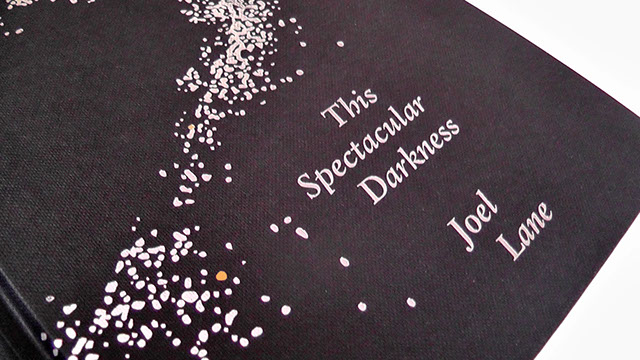
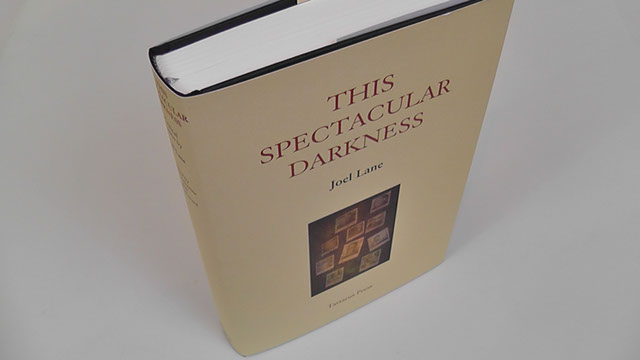
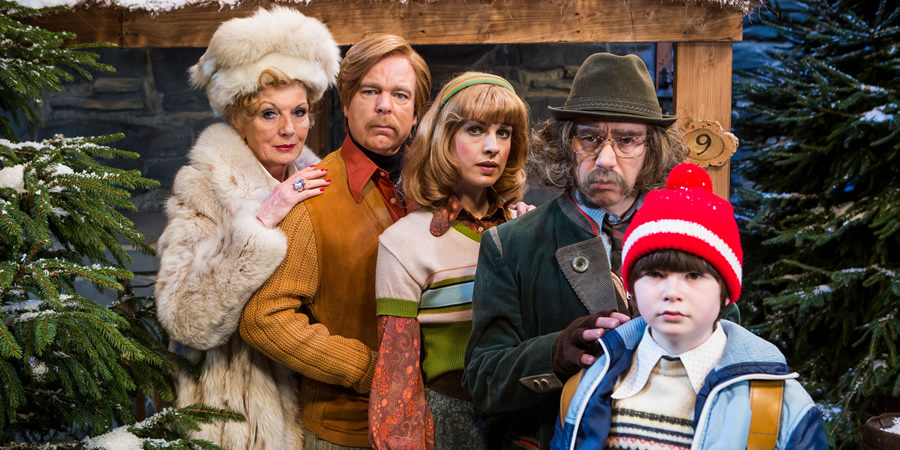

![Horror Stories: A Short Story Collection (Scare Street Horror Short Stories Book 4) by [Ripley, Ron, Whittle, Eric, Clancy, Sara, Longhorn, David, Nasser, A.I.]](https://images-eu.ssl-images-amazon.com/images/I/41w7nlbO%2BuL.jpg)


